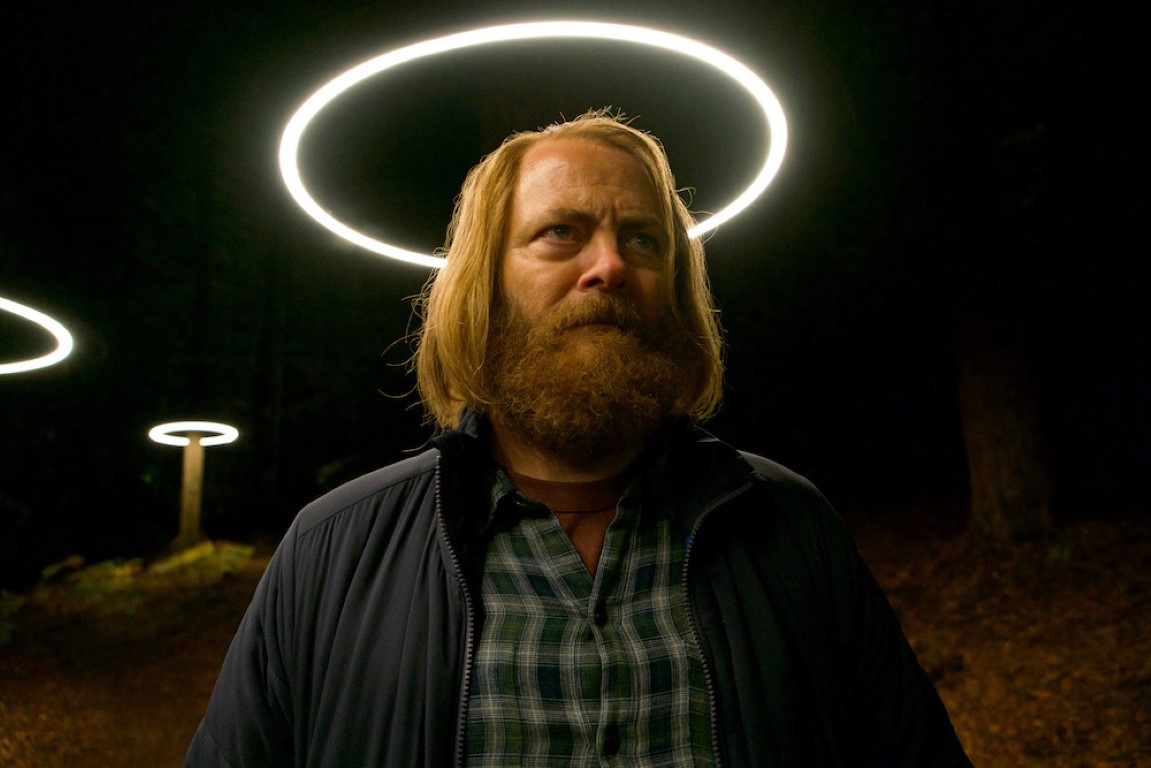
Isaac Asimov’s ‘Robot’ series review
By Duncan Fingarson, Contributor
I’m a fan of mystery stories. I’ve read over a hundred of them by now, and amongst the ones that stuck best in my mind are those penned by Isaac Asimov, featuring Detective Elijah Baley and R. Daneel Olivaw. Though they are lesser known than Asimov’s hugely popular Foundation series, the Robot novels are classics of science fiction in their own right.
Caves of Steel, the first Baley novel in the Robot series, introduces the characters of Baley and Olivaw. Baley is a New York City police detective living on Earth thousands of years in the future where great steel domes have been built over the cities and humanity has expanded outwards into the stars, resulting in a distinct class divide between the Spacers and the planet-bound Earthmen. Olivaw is a humaniform robot—the first of his kind—built to appear as human as possible but still constrained by Asimov’s Three Laws of Robotics.
Then, of course, there’s a murder. The problem is that the murdered man is a Spacer and the relationship between Earth and the Outer Worlds is rocky at best. The murder falls under Baley’s jurisdiction and he gets assigned to investigate it, but the Spacers will only agree to allow this if Baley takes on a partner of their choosing. Thus, the robot-hating Baley is stuck working with Olivaw. The two new partners have a very interesting dynamic and the evolution of their friendship over the course of the series is just as fun to follow as the mysteries themselves.
As it happens, Baley solves the case, and solves it well-enough to impress the Spacers, which sets the stage for the next book, The Naked Sun. In that one, Baley is sent to Solaria, one of the outer worlds, where there has been another murder. Unlike Earth, however, Solaria is a world with few humans and many robots (to the point that having two humans in one room is a highly uncommon occurrence) and the planet has strong cultural taboos against physically standing in the presence of anyone who isn’t a robot. Of course, a robot could not have been the killer under the First Law of Robotics, but here, as in his other works, Asimov finds inventive ways to bend his Laws without actually breaking them. The conclusion of the novel reveals the extent to which the Laws are being bent, and what that could mean for the future of humanity. It also sets the stage for the third novel.
In The Robots of Dawn, Baley travels to Aurora, another of the Spacer worlds. There, the mix between humans and robots is balanced, rather than going too far one way or the other like on Solaria and Earth. There has been another murder, but this time the victim is a robot and the only man with the knowledge to shut it down could not possibly have done it. This novel is much longer than the previous two and it is here that all the social conflicts outlined in the first two books come to a head with Baley in the middle. It’s also where Asimov begins the process of tying the Robot series to his other works, making it an excellent jumping-off point to get into his other books and short stories.
Asimov was a master of his craft, and these stories are some of my favourites of his work. They manage to be smaller personal stories than something like the Foundation novels as well as being broad in their vision of the future. If you’ve never read any of Asimov’s books, start here and you won’t be disappointed. If you’ve read his other books but not these, then you’ve been missing out. The Robot novels are Asimov at his best.
